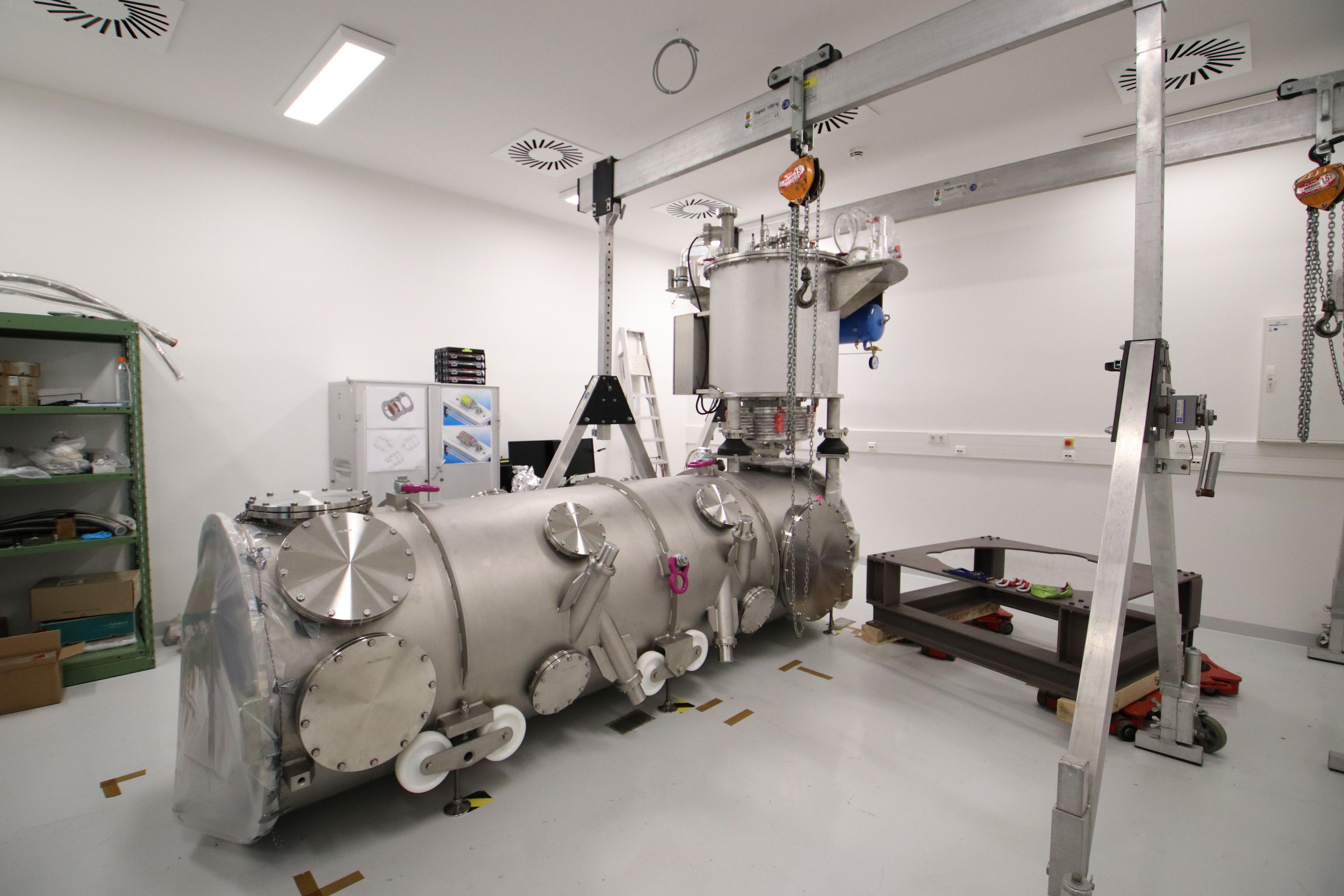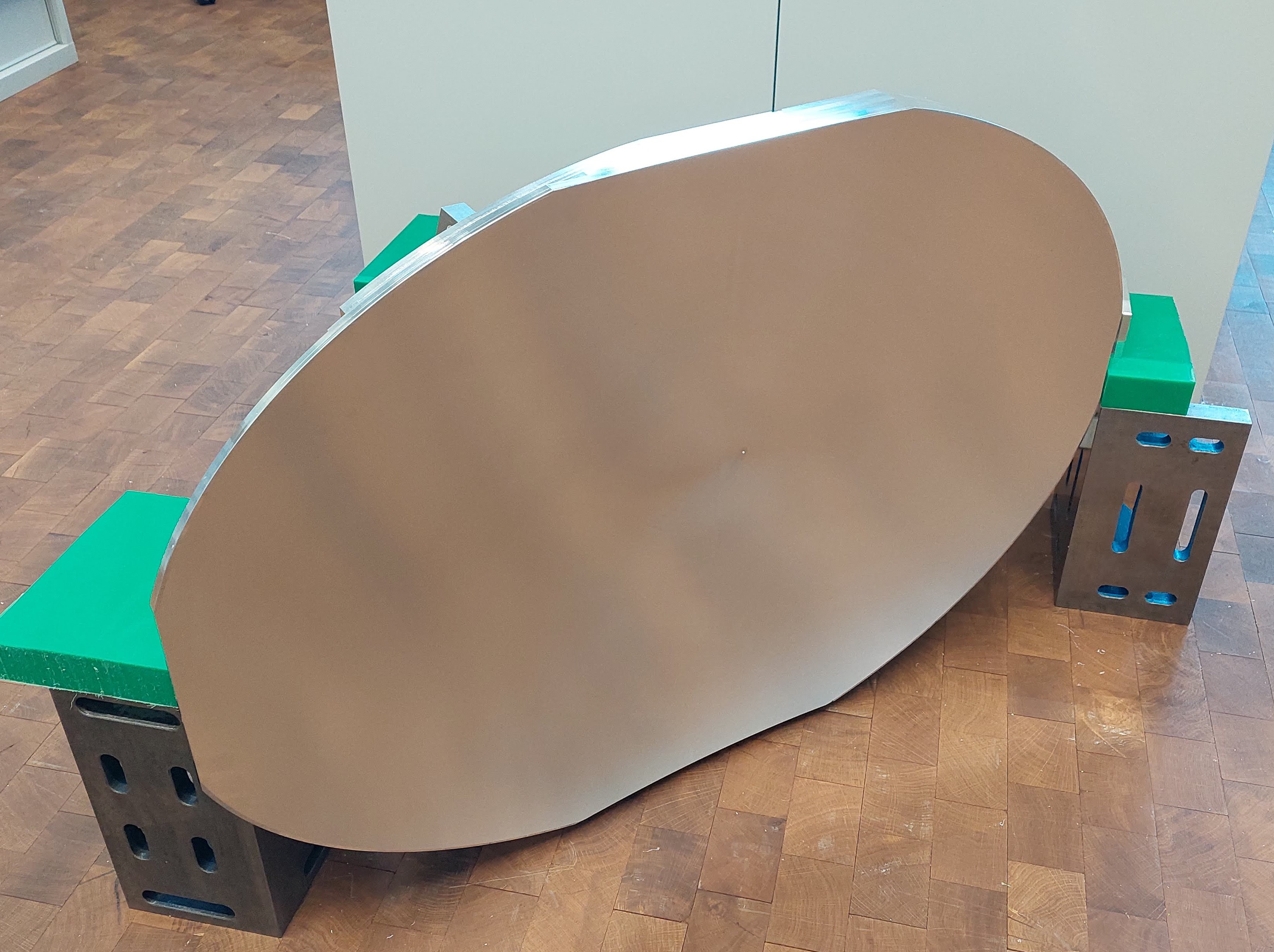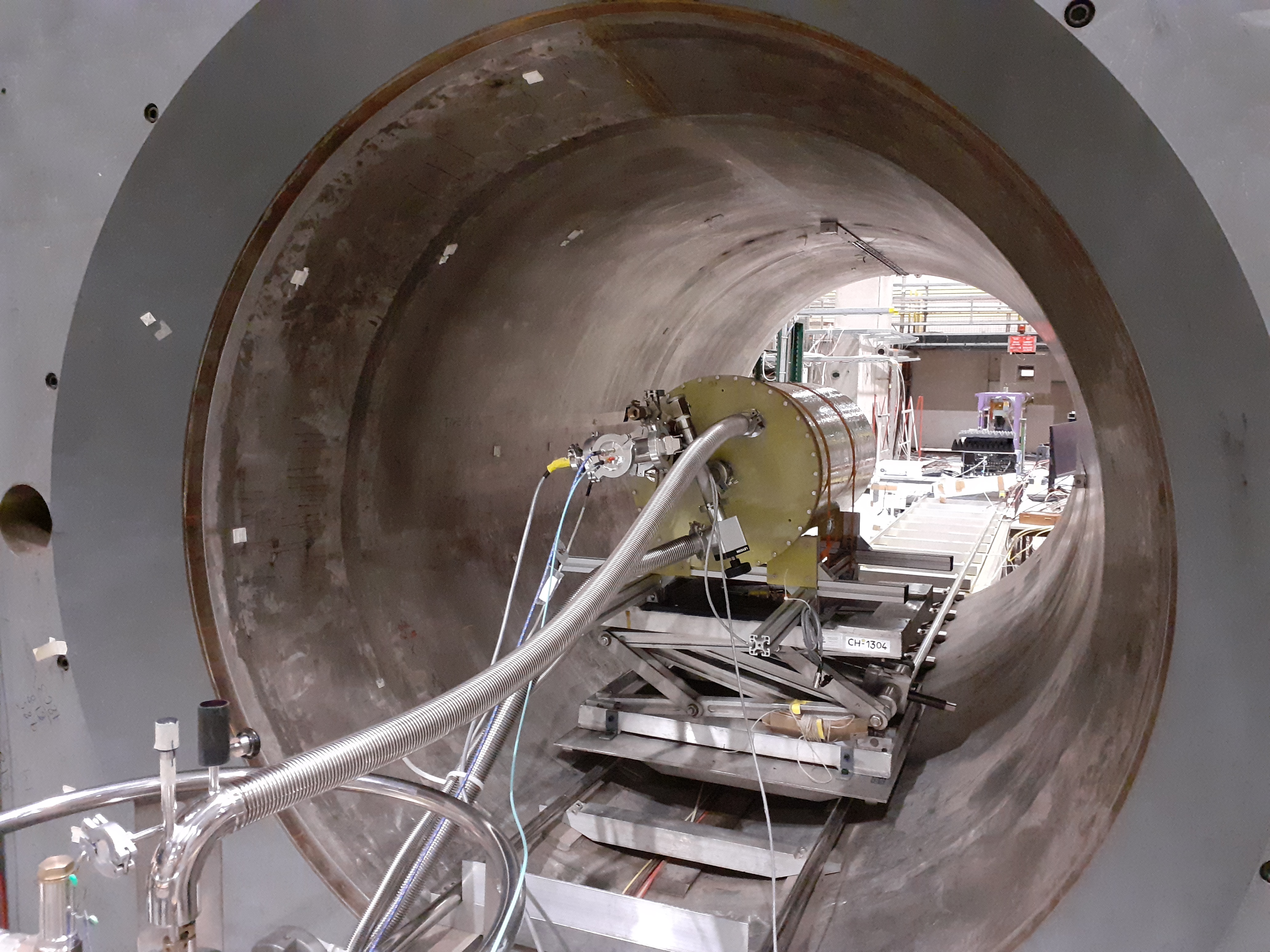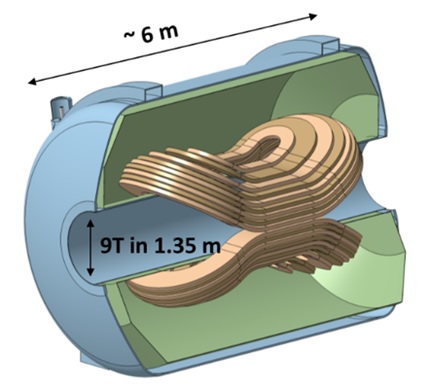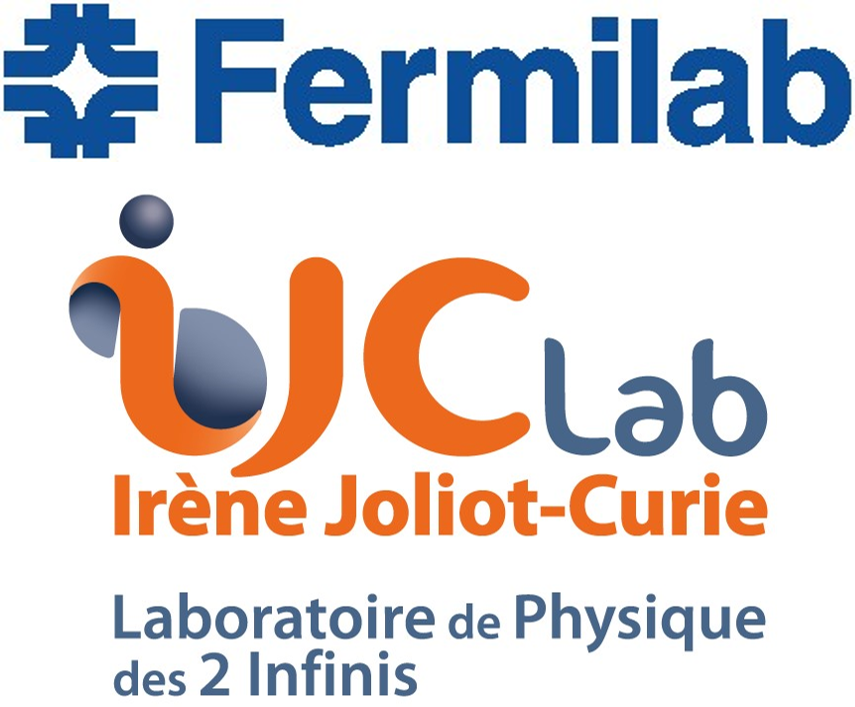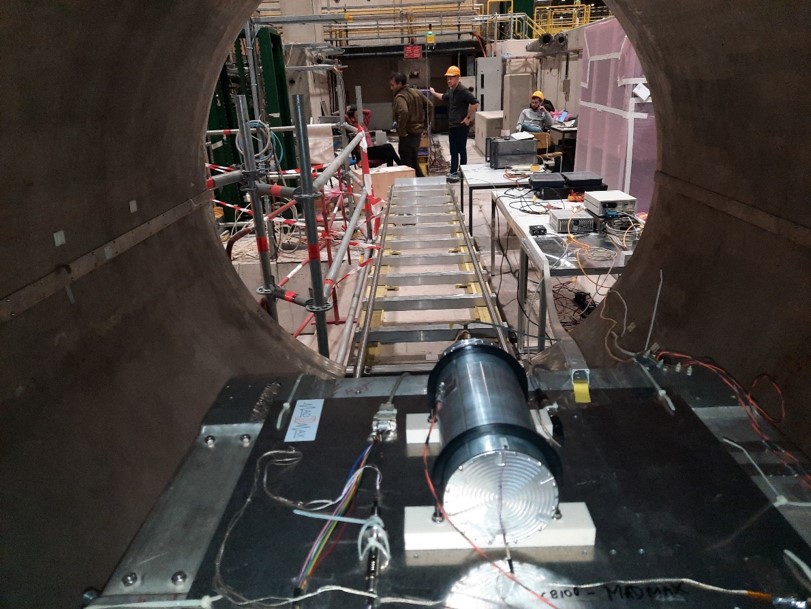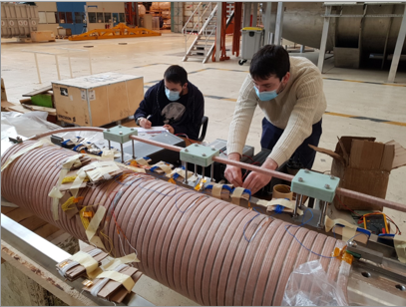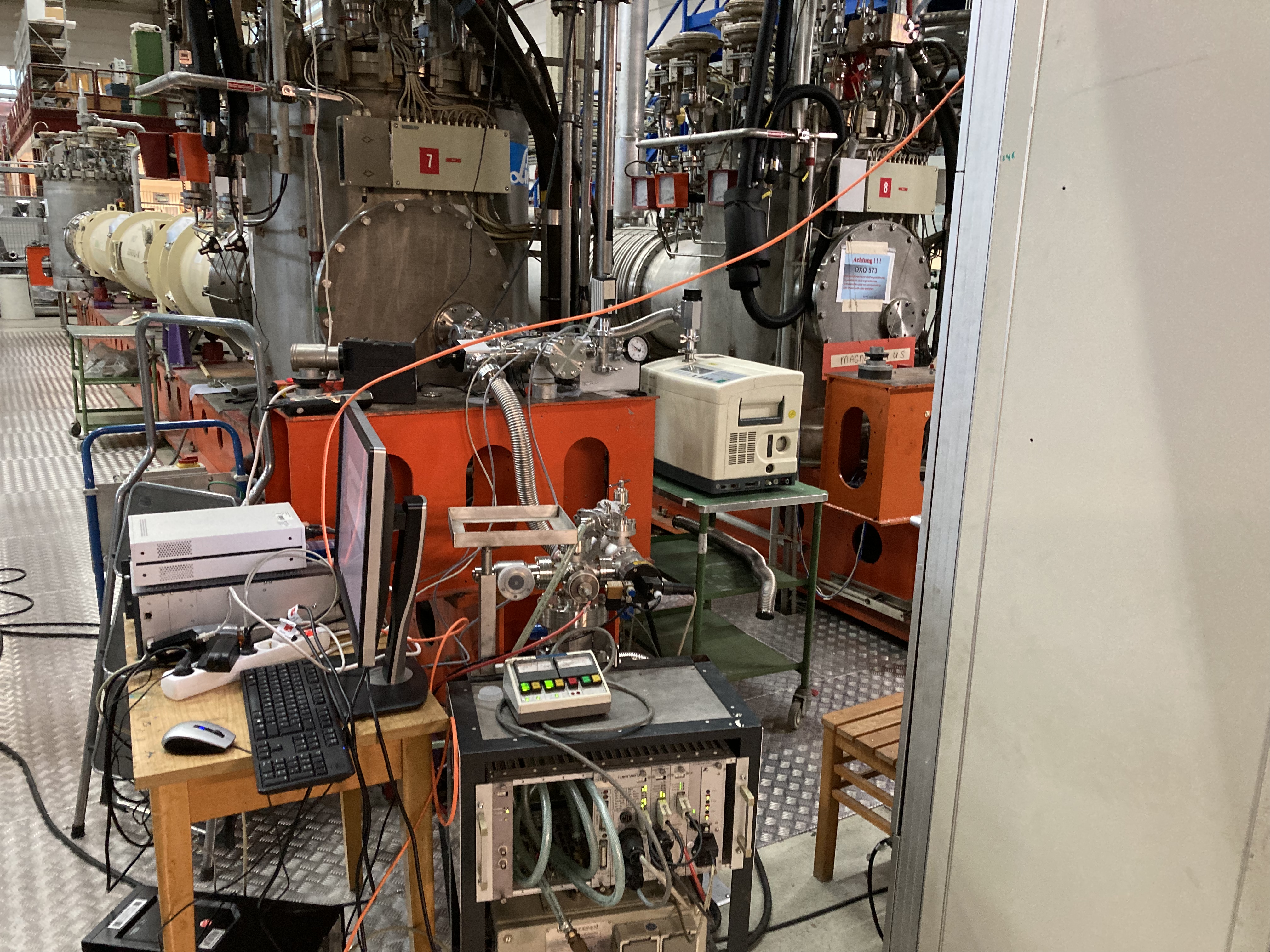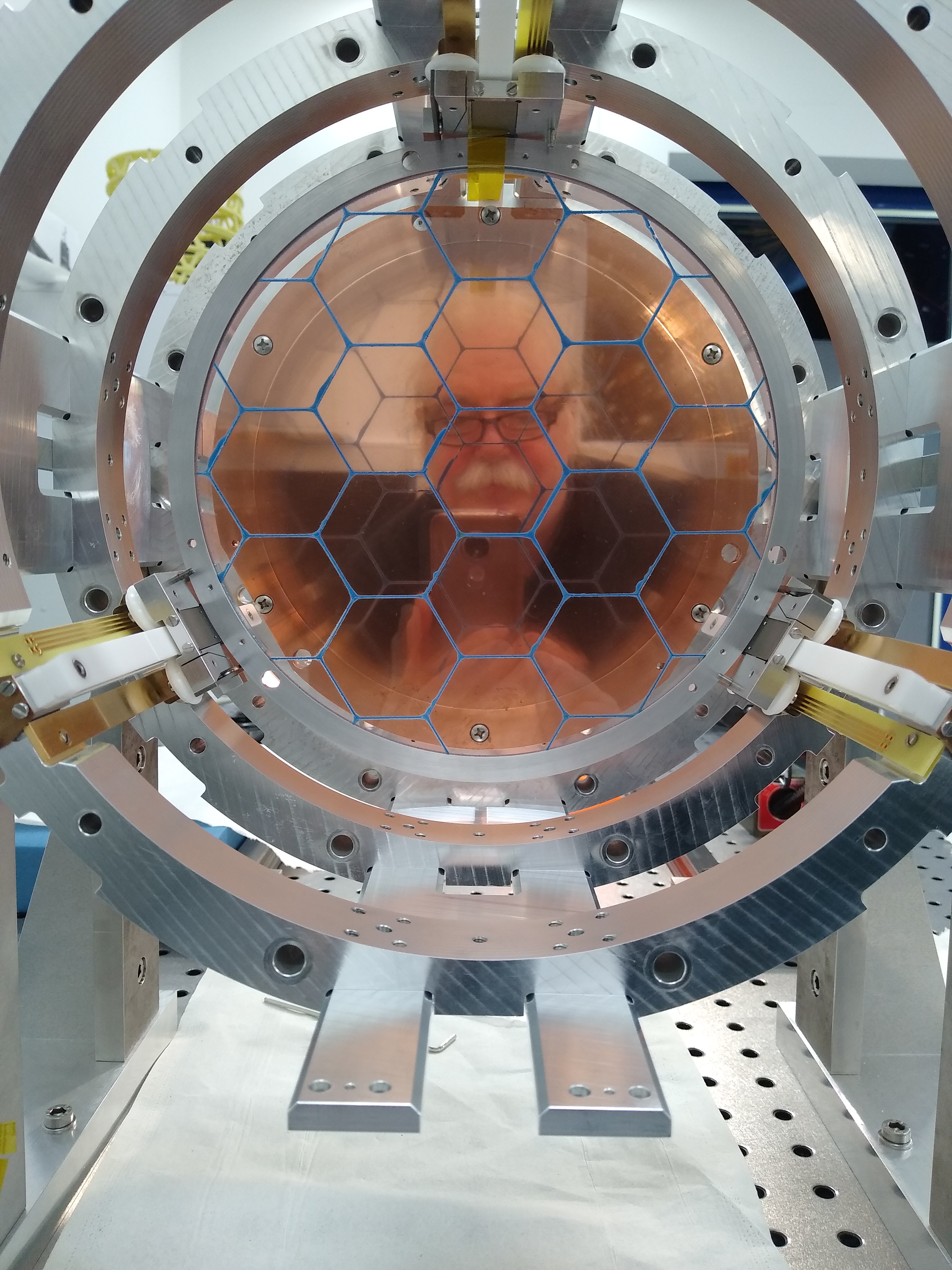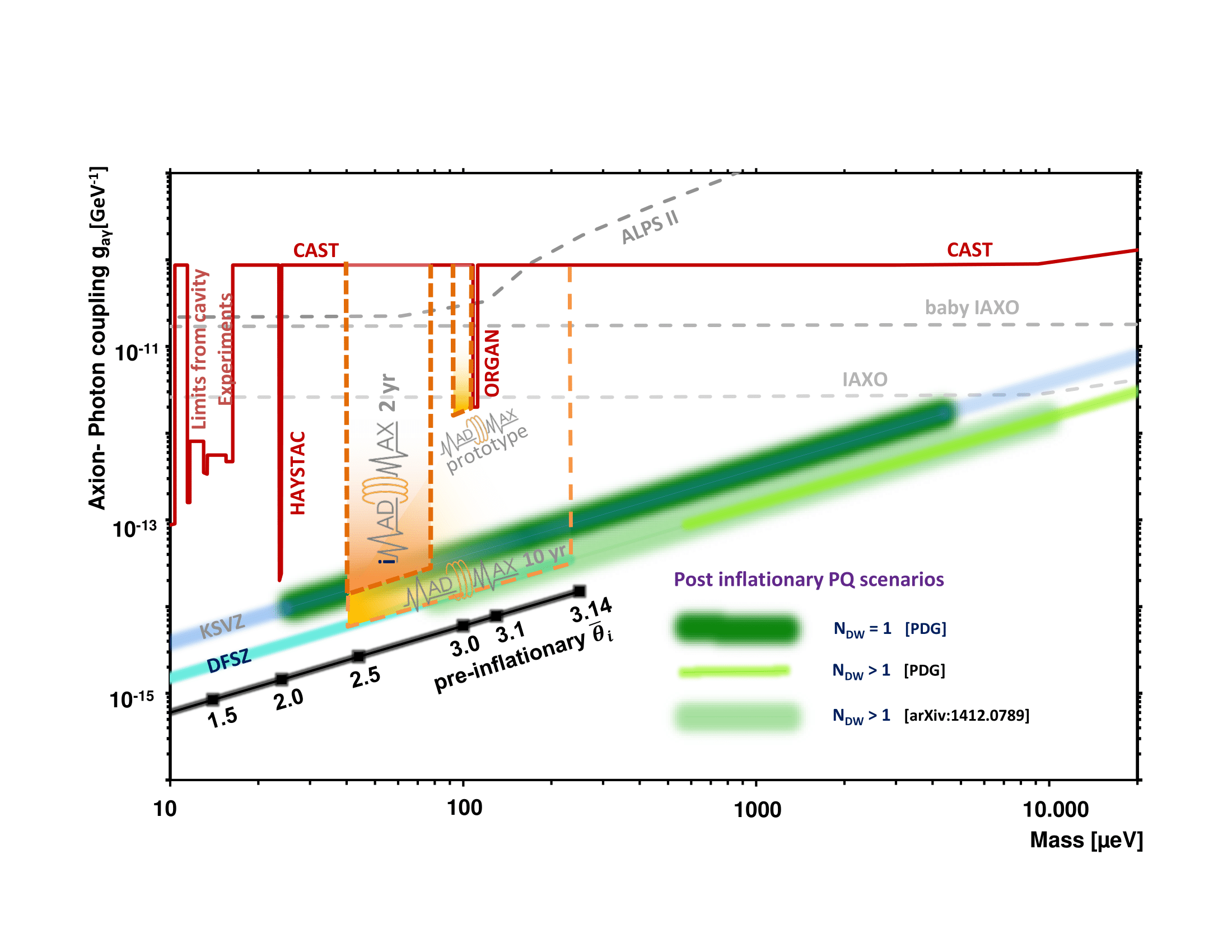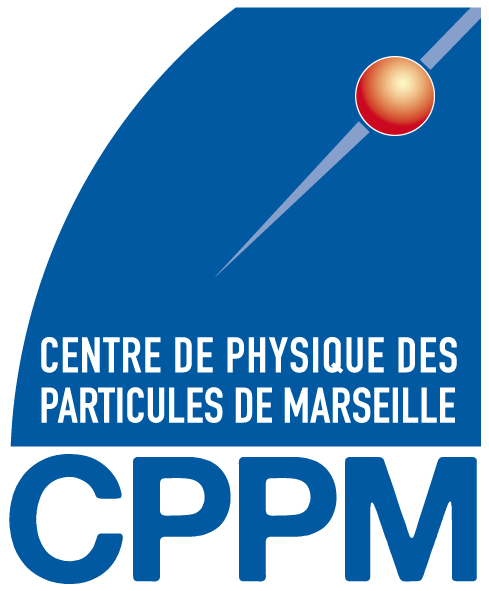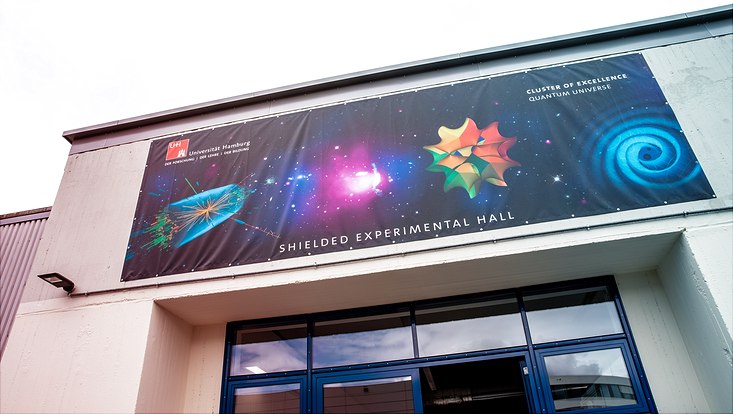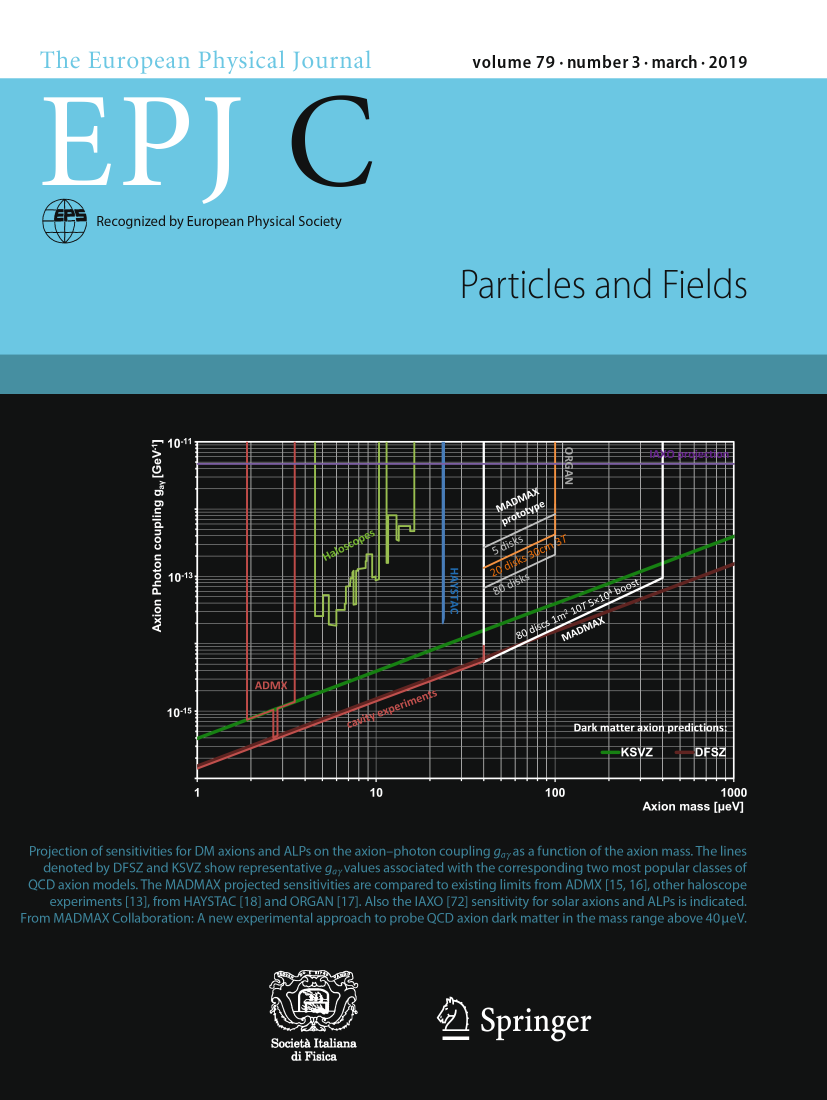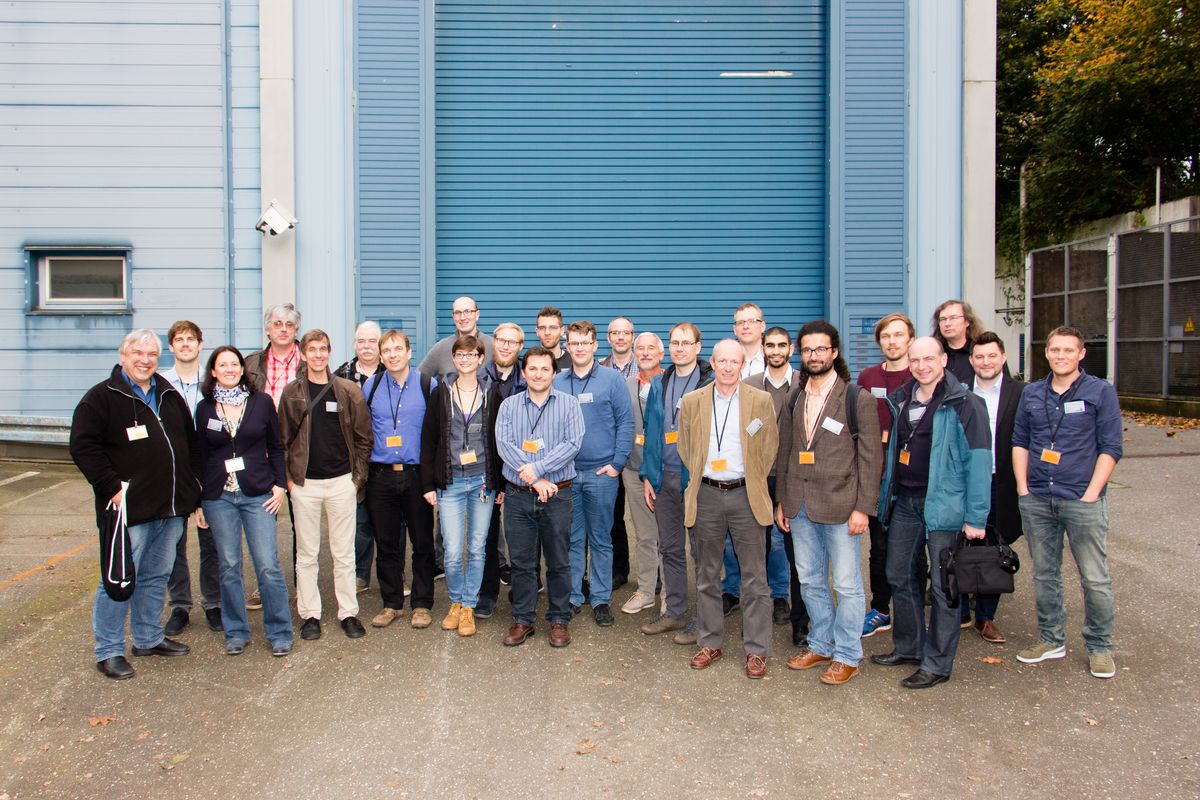Dark Photon Dark Matter
August 2024
The MADMAX collaboration has released its first results from a search for dark photon dark matter . The prototype experiment targeted a mass range between 78.62 and 83.95 μeV/c².
Dark photons, hypothetical particles, are believed to interact with ordinary photons under certain conditions. In this experiment, a system comprising three sapphire disks and a mirror was designed to detect these interactions. The setup works by converting potential dark photons into detectable photons, which were then analyzed using a low-noise receiver.
Despite the sensitive design, no signals attributed to dark photons were found above the expected background noise. However, the data set significant new limits on the dark photon-photon mixing parameter χ, ruling out values greater than 3.0 × 10⁻¹² across the entire mass range, with a particularly stringent exclusion of χ > 1.2 × 10⁻¹³ at 80.57 μeV/c², both at a 95% confidence level.
This result is the first from a MADMAX prototype, and it surpasses previous constraints on dark photon dark matter by nearly three orders of magnitude in this mass range. The MADMAX team continues to refine their methods as they push forward in the quest to uncover the mysteries of dark matter.
